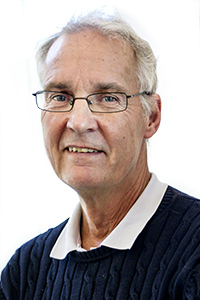The Right Level of Care (VRV) project
Start date: 2011-12-01
End date: 2017-10-31
There is a great need for emergency health care and this need tends to increase, not least with regard to the elderly population (≥ 65 years old). For this reason, one of the most important challenges is to clarify the mission of the healthcare sector. To use resources efficiently, healthcare must be provided at the appropriate level. In addition, a healthcare science perspective must be applied, which means that much emphasis is put on the experience the patients and their relatives have in the pre-hospital care situation. Medical assessment alone is, therefore, not sufficient in the ambulatory health care. The patient is at the centre of the ambulatory health care and shall be regarded as an expert on the experience of well-being and satisfaction in the health care system. The VRV project examines the possibility of completing the care of a patient, who is not in need of treatment at an emergency ward, already at the pick-up site, i.e., most often in the home.
The research project is a doctoral study project, and is built on four part studies with the global line of questioning:
- How is safety and outcome implemented with the VRV model executed in the ambulatory healthcare, as compared to traditional ambulatory healthcare?
Outcome, in this context, refers to the perceived trust of the patients and their relatives in the care providers; overdiagnosis and underdiagnosis as well as health economic consequences. The latter will be reported separate to the thesis.
The first part study is estimated to be completed in spring 2012.
The risk/benefit analysis is considered positive. The risk of miscalculations is therefore deemed to be small. The assessment that there is a great beneficial value is based on the fact that knowledge from this project is expected to result in various measures for an extended pre-hospital assessment and a multi-professional healthcare collaboration. The waiting times in the emergency wards are expected to fall, as the queues of waiting patients can be reduced.


